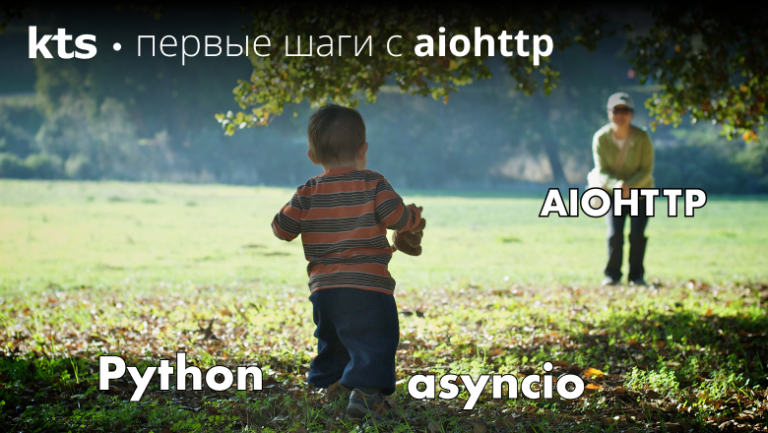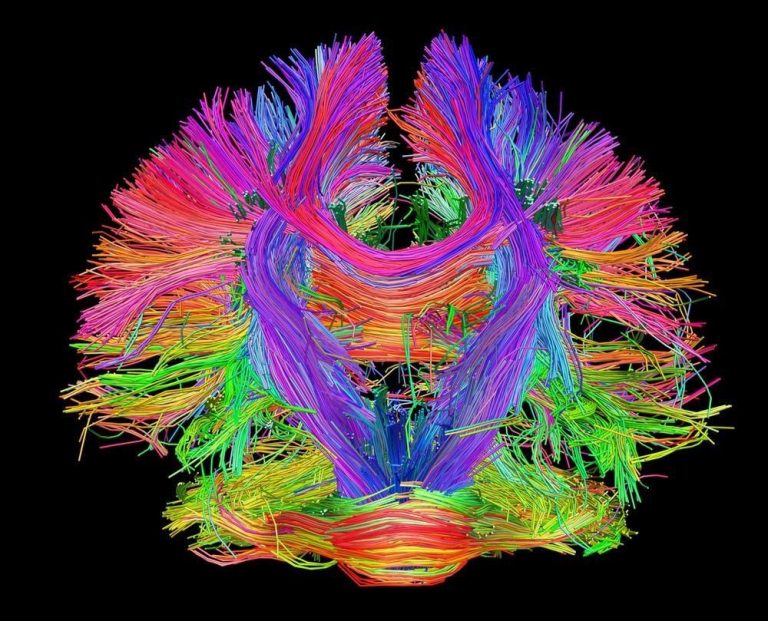elephant or tiger?
We at Gromov Circles love research. One could even say “they ate the dog,” but we love dogs no less than research, and, of course, we are not going to eat anyone. Be that as it may, it is interesting for us – and, of course, educational – to observe and study the work of major global players. Today we decided to share with you the results of a comparison of two “raptors” – Gartner and G2 Market Research.

Features of G2 Market Research
G2 Market Research carries out a detailed categorization of products and selects only B2B solutions, eliminating their B2C components or variations. This review does not include products that are not widely available on the market or different versions of the same product.
Products in research are divided into:
product sets: a set of products sold by one vendor that are mutually integrated and have overlapping functions. The evaluation method is an aggregation of reviews both for sets as a whole and for their individual elements;
platforms: products that cover several categories are evaluated within the category to which the largest number of their features belong;
addons or plugins: are not evaluated separately, but if developed specifically for a particular product, they may be included in its overall evaluation;
products that are no longer supported: are not removed from the study if they have already been sold. If the product was sold exclusively through subscription, then such product will be removed after the official release of the end date for the renewal of subscriptions.
When categorizing, in addition to functionality, the size of the company is taken into account:
small – up to 50 people;
average 51–1000 people;
large – more than 1000 people.
Services
Each provider in the study has a separate page, and the services themselves are categorized as follows:
the provider must: be associated with the vendor company, sell services directly, belong to at least one category or subcategory and provide a full range of services, and not just the sale of a product;
if a provider sells a wide range of services, it may be placed into several categories. Services that cannot be clearly assigned to a category are sent to “other”.
Evaluation algorithm
BY
The first criterion is satisfaction, which is influenced by the following factors (after the dash we indicate the level of influence of the factor on the rating – high, medium or low value, respectively):
1.1. Data from respondents' assessments in order of importance:
1.1.1. User rating (ease of use, quality of support, etc.) – high.
1.1.2. Administrator's rating (ease of administration and configuration) – average.
1.1.3. The likelihood of recommending the product to others is low.
1.2. Completeness of the platform review: the more complete the review, the higher the relevance – high value.
1.3. Relevance (the more recent the review and the higher the user’s qualifications, the more significant it is) – high value.
Market presence:
2.1. The number of reviews is high.
2.2. The number of employees according to LinkedIn and ZoomInfo is high.
2.3. Revenue – average value.
2.4. Internet presence (quality of page and company ranking in search, traffic and its quality) – average value.
2.5. Growth and influence (Crunchbase rating, growth in the number of employees and popularity in the social network X (Former Twitter, blocked in Russia at the request of the Prosecutor General’s Office)) – low value.
2.6. Year the company was founded.
Services:
Satisfaction:
1.1. Data from respondents’ assessments: in terms of significance – high value.
1.2. Completeness of the platform review (the more complete the review, the higher the relevance) – high value.
1.3. Relevance – average value.
Market presence:
2.1. Market expertise (number of service-related competencies confirmed by the research team).
2.2. Year the company was founded.
2.3. Geography of the company (reviewing countries, countries where services are provided, languages).
Once all scores are calculated for all study participants, the result is normalized to the average to visualize significant variations across providers. The decline in the importance of reviews begins 90 days after their publication and accelerates after 12-18 months, falling to 3% from the initial to 2.5 years after the publication of the review.
Reports are compiled quarterly and contain the most up-to-date information across 9 geographic zones.
Peculiarities Gartner
The prolific Gartner publishes a number of studies:
Gartner Magic Quadrant (the most famous in the Russian segment);
Gartner Critical Capabilities;
Gartner Hype Cycle;
Gartner Market Guide;
Gartner Vendor Rating;
Gartner Market Share;
Gartner Market Forecast.
Gartner's research methodologies are designed to turn complex information into actionable recommendations through a comprehensive, systematic process. The process is distinguished by its rigorous, empirical approach, ensuring credibility and relevance to business needs. It includes the following steps:
Establishing Research Objectives: Identifying technological disruptions and their impact over the next five to ten years.
Conducting surveys: Collect data from information technology users, technology providers, investors, entrepreneurs, scientists and other researchers through formal and informal surveys.
Pattern recognition: Analyze data from multiple sources to identify emerging market patterns, modify assumptions, and update scenarios.
Conflict look: presenting a position for discussion in the analytical community from various points of view, adjusting and checking until a reliable conclusion is reached.
Search and confirmation: confirming results based on multiple sources and through internal debate, reaching consensus or rejecting a position when necessary.
Research methodologies
Gartner Magic Quadrant
The approach is based on a significant (often more than 1000) number of criteria, including both technical aspects of the product and performance indicators of the development company, which determine not only the position of the platform within the square, but also, in principle, answer the question of whether it is worthy of being included in review. One of the main criteria is the company’s revenue from product sales. Unlike G2, Gartner places more emphasis on going directly to solution providers for information or collecting it independently from its customer base.
However, Gartner also takes into account user and customer feedback in its research, but it is not the main or only source of data. Gartner receives the bulk of its data directly from vendors through detailed questionnaires. This is primary information about products, strategies, finances, etc. In addition, Gartner analysts actively interact with vendors to verify and validate the data provided. That is, they are not just passively collecting information. And feedback from users, interviews with market experts and other sources play an additional, but not the main role. They help supplement and verify data from vendors.
Gartner Critical Capabilities
An extension of the Magic Quadrant, which provides insight into specific scores for groups of criteria that were the subject of the study.
Gartner Hype Cycle
Assessing the prospects and current development of a new technology by dividing the process of its introduction into a wide market into several stages:
Innovation Trigger: a potential technological breakthrough starts the process. Early proof-of-concept stories and media interest generate widespread publicity. Often useful products do not exist and commercial viability has not been proven.
Peak of inflated expectations: early advertising leads to a number of success stories, often accompanied by many failures. Some companies are taking action; many don't.
Minimum (aka trough) disappointment: interest wanes as experiments and implementations fail to produce results. Technology producers fail or fail. Investment will only continue if surviving vendors improve their products to satisfy early adopters.
Path of Enlightenment: There are more and more examples of how technology can benefit an enterprise, and ways of its application and monetization are beginning to crystallize and become clearer. Second- and third-generation products are emerging from technology providers. More and more businesses are funding pilot projects; conservative companies remain cautious.
Productivity plateau: mass adoption is beginning to gain momentum. The criteria for assessing the viability of a service provider are more clearly defined. The broad market applicability and relevance of the technology is clearly paying off.
Gartner Market Guide
A study produced for new markets that outlines their current state and focuses less on specific players and more on the current offering of features and functions in the market.
Gartner Vendor Rating
Rating on a five-point scale of vendors based on customer requests and the Magic Quadrant, carried out according to the following criteria:
Gartner Market Share
Analysis of market shares between the main participants.
Gartner Market Forecast
Forecast of the development vector and growth rate of the market for the foreseeable (up to 5 years) period of time.
conclusions
Comparing the G2 Market Research and Gartner methodologies, there are a number of key differences and similarities in their approaches to market research and analysis.
Similarities:
Target Audience: Both companies are focused on the B2B segment, providing analytics and assessments for corporate clients and information technology professionals.
Detailed categorization: G2 and Gartner use detailed categorization of products and services, classifying them according to functionality, size of user companies and other criteria.
Rating of Products and Services: Both companies offer ratings of products and services based on various parameters including user satisfaction, market presence, functionality, and others.
Differences:
Data sources and assessment approach:
– G2 relies on aggregation of reviews from users and administrators, as well as analysis of the relevance and completeness of reviews. The rating includes satisfaction, market presence, and number of reviews.
– Gartner uses a wider range of criteria, including technical aspects of products and company performance.
Focus on various aspects of the market:
– G2 focuses on detailed product categorization and ranking based on user opinions.
– Gartner offers a broader view of the market, including analysis of trends, technological innovations, and strategic planning for the future. Their research covers various stages of the technology life cycle and provides comprehensive market analysis.
What is the result
G2 and Gartner offer different but complementary approaches to market research and analysis of products and services. G2 is strong with its user review base and focus on customer satisfaction, while Gartner provides deep analytical views on the market, trends and strategic planning. The choice between these sources of information depends on the specific needs and goals of the analysis. Well, it’s worth remembering that despite the scale of both studies, due to geopolitical peculiarities, the Russian market, to put it mildly, does not always fall into the field of vision of global analysts.
By the way, creating our research Circles of Gromov, we also use a hybrid methodology: we interview market participants, develop research criteria in collaboration with vendors, and perform technical testing of products. We have already talked about this earlier.





